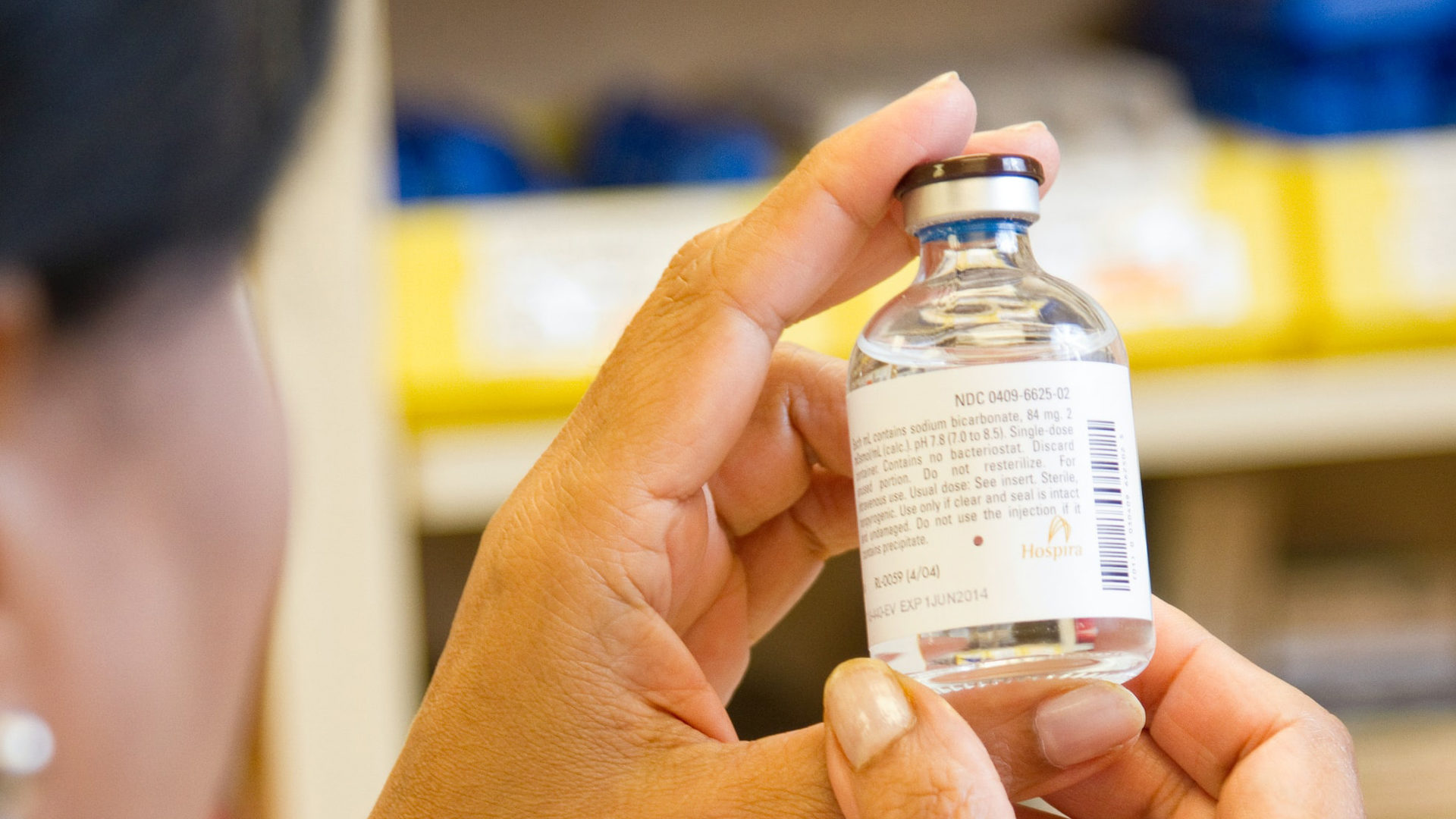Retail Scanner
Influencers – where are we now?
August 2019
An update on ASA guidelines. If you are a brand owner, using influencers on social media can be a valuable strategy for enhancing the profile of your brand, products and services. However, as a brand owner, you still need to take care around how influencers you engage present your brand to avoid interest from the Advertising Standard Authority (ASA). It is not just about using #ad, it has to be made clear if any messages are indeed a promotion. Guidance released by the ASA and a recent Competition and Markets Authority (CMA) settlement has clarified what needs to be done to comply in this area and has also given some guidance to how the authorities deal with breaches of the regulations.
The relevant rules (which stem from the Committee of Advertising Practice (CAP) Code and the Consumer Protection Regulations (CPR) 2008), cover advertising for brand owners’ products and services as well as affiliate advertising (i.e. where an influencer is engaged). Both brand owners and influencers can be held liable for breaches, so it is in the interest of both sides to get this right. For the ASA (who are responsible for regulating the codes of advertising practice) to take an interest, an influencer will need to be both paid by the brand owner and the brand owner must have a degree of control over the influencer’s messages.
- Being paid is not limited to direct monetary payments but also freebies and benefits in kind.
- Control is also broadly interpreted to cover any instructions from the brand owner to include certain content, such as particular words, phrases, themes, messages or even specific actions such as unboxing. Requiring certain volumes or times for posts also implies control as does having the right to check or approve content (even if this is not actually exercised).
If payment and control are absent, while ASA sanctions may be avoided, the CMA, which has much bigger teeth, may still take an interest as the CPRs still apply.
If there is both payment to and control of an influencer, then content needs to be clearly identifiable as an advert. Preferably this is done with a prominent label which needs to be seen upfront. Thought should also be given to how this notice will come across on different devices and whether the notice is appropriate for the channel used. If only part of the content is promoted, only that part needs to be identified as an advert.
Using Ad, Advert, Advertising or Advertisement are all favoured by the ASA. Sponsored, in association, thanks to (and their variations) or plain @brand are riskier as they are considered not to be sufficiently clear.
The CMA’s guidance, which has been in place since 2016, re-enforces the need for advertisers to be open and honest with consumers, with CMA investigations potentially leading to fines or even criminal sanction. The CMA recently secured undertakings from 16 social media influencers to improve their future disclosures. While the CMA is now in the process of considering the role played by platforms (Instagram, Twitter, Facebook etc.) in disclosure of promotions, breach of the recent undertakings would not be looked at favourably by the CMA, so there may be serious fines in the future.
If a brand owner wants to keep on the right side of the ASA and CMA, they need to ensure they:
- are aware of the content that is put up by influencers they work with and check its compliance;
- have appropriate contracts and policies in place with the influencers to require compliance; and
- provide training, both internal and with influencers, so those involved in the process know how to achieve compliance and the consequences of non-compliance.
Influencer advertising will remain significant for promoting brands, products and services, so ensuring full compliance with the relevant guidance in order to avoid investigation, continues to be important.
































